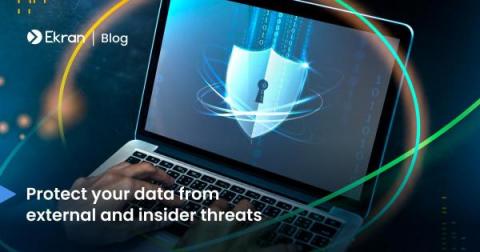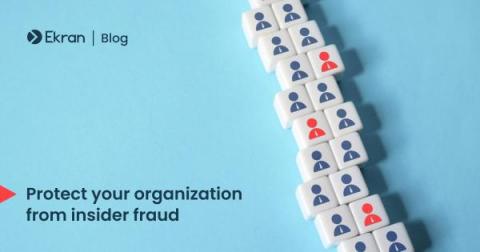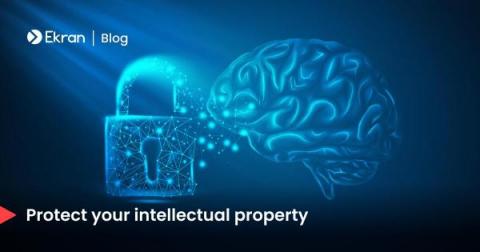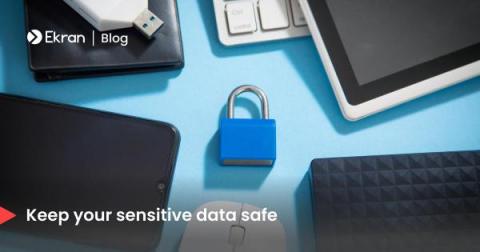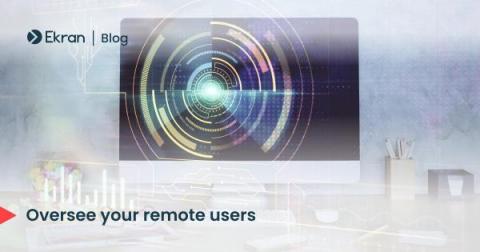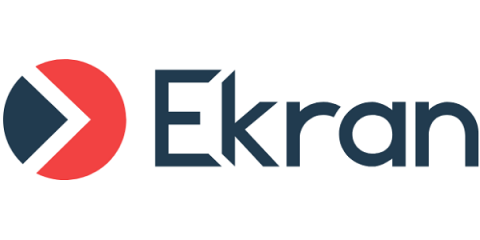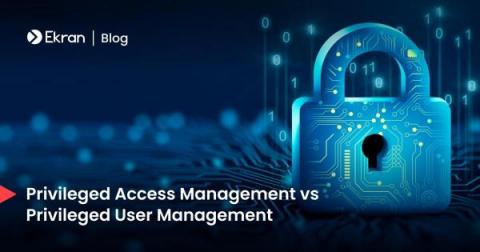Security | Threat Detection | Cyberattacks | DevSecOps | Compliance
Latest Posts
12 Best Practices for Banking and Financial Cybersecurity Compliance
Financial data is a desired target for cybercriminals. Hackers frequently attack financial institutions such as banks, loan services, investment and credit unions, and brokerage firms. Security incidents in the financial sector are extremely expensive (surpassed only by the healthcare industry), with the average total cost of a data breach reaching $4.35 million in 2022.
Insider Fraud Prevention: Tips & Tricks for Your Organization
7 Best Practices to Prevent Intellectual Property Theft
Guide to User Access Review: What Is It, Best Practices, and Checklist
Every company has workers that have been there from the beginning and worked in every department. Knowledge of the company’s processes makes them valuable employees, but they can also access and put at risk lots of sensitive data. Regular user access reviews can help you mitigate this risk and safeguard your critical assets. Regularly reviewing user access is an essential part of access management.
Guide to User Access Review: What Is It, Best Practices, and Checklist
How to Prevent Data Theft by Departing Employees: 7 Best Practices
How to Record and Monitor RDP Sessions with Ekran System [Hands-on Guide]
7 Best Practices to Secure System Administrators' Privileged Accounts
System administrators hold the keys to your organization’s cybersecurity. However, their accounts can also be a source of cybersecurity risks to your company. Both cybercriminals and malicious administrators can exploit the elevated privileges for their own benefit. In this article, we explore key risks coming from admin accounts and offer seven effective best practices on how to protect administrative access to your organization’s critical systems and data.


